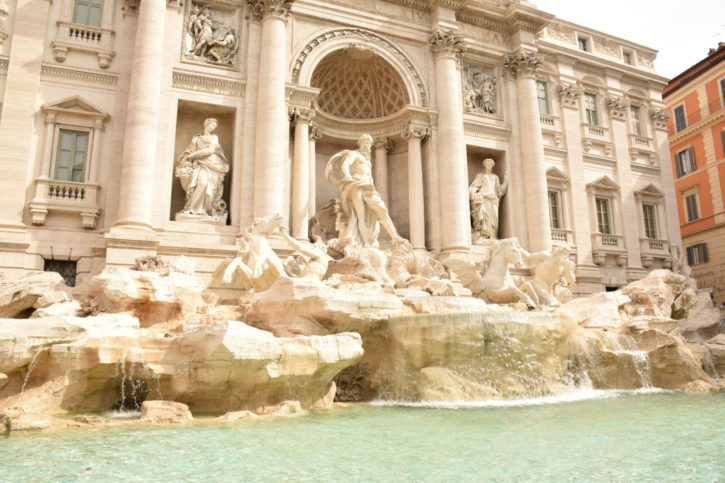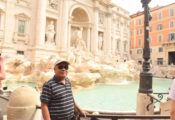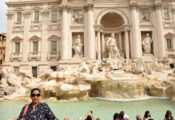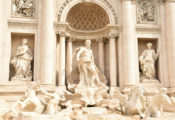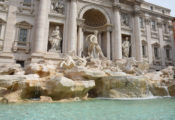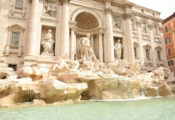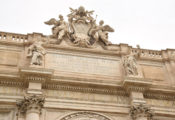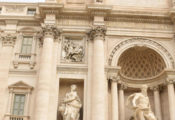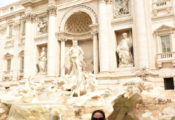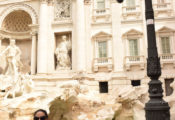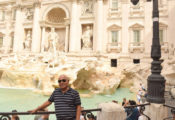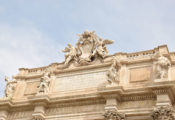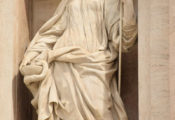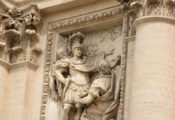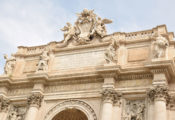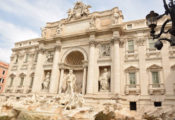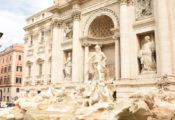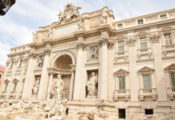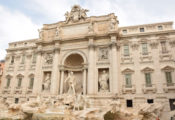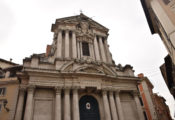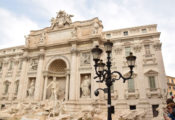Trevi Fountain is the most beautiful and largest fountain in Rome. Measuring some 20 meters in width by 26 meters in height.The fountain is located at the junction of three roads and more specifically it is built upon the ‘terminal point’ of the Acqua Vergine, one of Rome’s most important aqueducts that transports drinking water to the Eternal City. Acqua Vergine is the modern aqueduct that evolved from the Aqua Virgo, developed by Marcus Vipsanius Agrippa in 19 BC out of a desire to provide citizens with access to quality public services.
With carefully devised aqueducts, water from surrounding hills flowed to the city thanks to the laws of gravity, and was subsequently stored in cisterns that created an energy vacuum, propelling the water to spray out of dedicated fountains. Though a fountain had existed at the location of the Trevi Fountain since ancient times, it wasn’t until 1629, Pope Urban VIII commissioned Gian Lorenzo Bernini to sketch renovations, that the fountain began to take its current shape. When the pope died, the project was abandoned, though some of Bernini’s suggestions were incorporated in designs a century later. In 1730 Pope Clement XII held a contest to re-design the fountain, and the Roman-born architect Nicola Salvi was ultimately awarded the project. Work began under Salvi’s direction in 1732 and was completed in 1762 by Giuseppe Pannini after Salvi’s death in 1751. Interestingly enough, the name of Trevi derives from Tre Vie (three ways), since the fountain was the meeting point of three streets.

